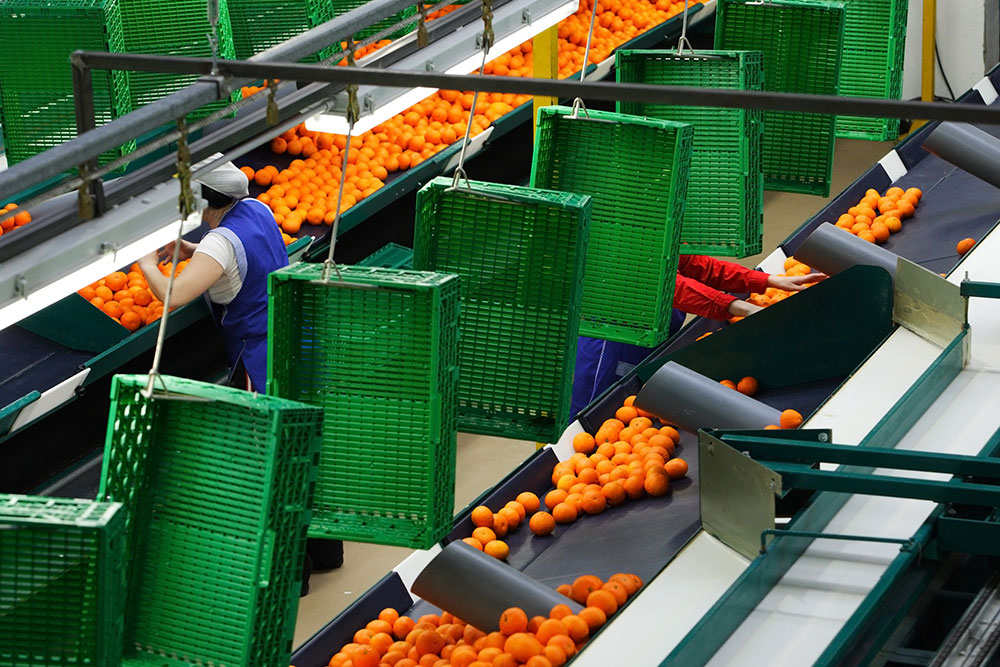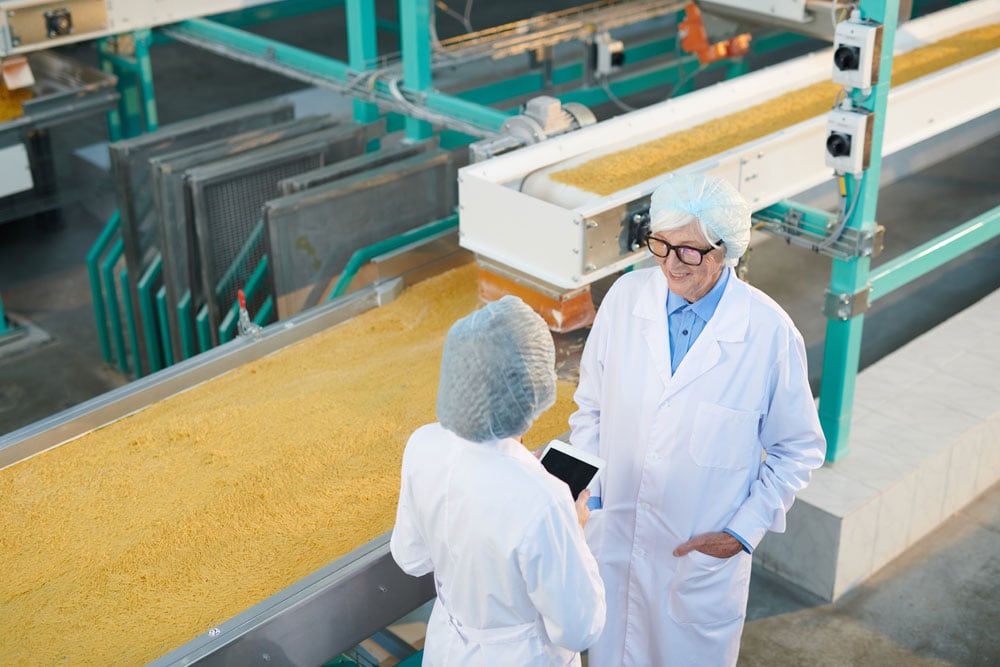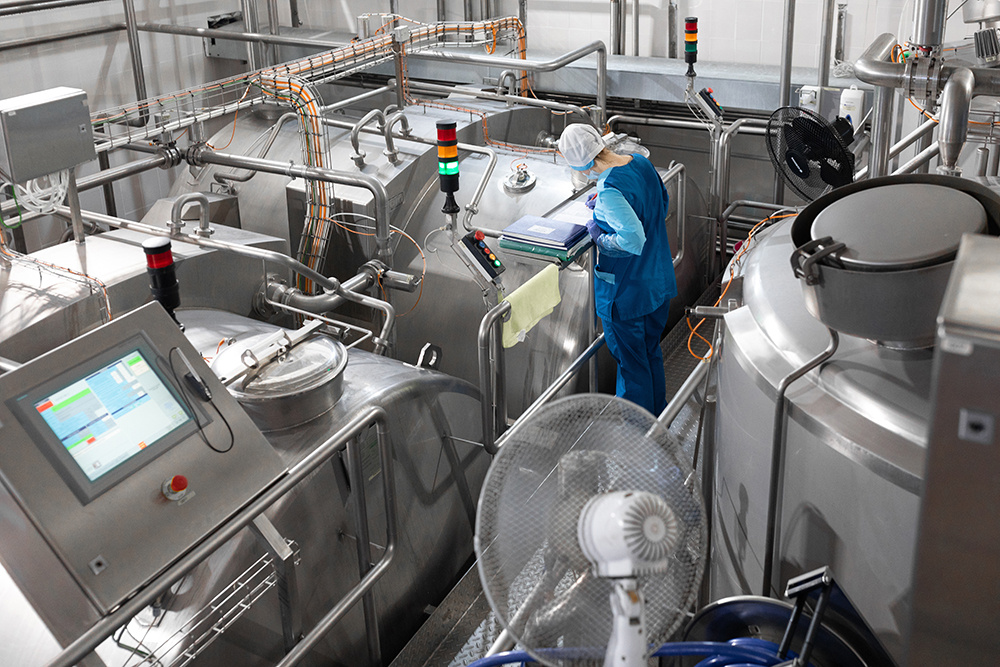Food safety has a surprisingly long history and has evolved significantly over the years. Government agencies like the Food and Drug Administration (FDA) and the U.S. Department of Agriculture (USDA) are responsible for creating and enforcing the rules and regulations for the food and beverage industry.
These agencies are also responsible for deciding what food processing facility design requires. Today, preventing the spread of foodborne bacteria isn't the only concern for food facility design. Now, with the emergence of COVID-19, new considerations are necessary for designing food facilities.
1. LOCATION

Location has always been one of the primary concerns for food manufacturing facility design. A facility should never be too far from the ingredient sources; the closer it is to the farm or other source, the less those ingredients have to travel–saving the facility on transportation costs and ensuring that fresh ingredients stay fresher.
The right location will also give you more freedom on the size of the facility. With the emergence of COVID-19, space has become even more critical, ensuring workers can keep a safe distance as much as possible. Ensuring the production area, break rooms, bathrooms, and sanitation stations are big enough to account for COVID-19 changes is critical.
2. CHOOSE PROPER FLOOR AND WALL MATERIALS

You must also select the right materials for your floors and walls. With food processing facility design, you cannot rely on the same materials used in residential properties; you need easy-to-clean surfaces. Concrete is the ideal flooring option, and it can be coated in a durable epoxy or polyurethane resin that will allow workers to clean and sanitize the floor daily. Concrete masonry blocks with a block sealer or vertical insulated metal panels are best for walls.
3. CREATE SANITATION STATIONS AT ALL ENTRANCES
People come into contact with many dirty surfaces and can easily pick up germs and bacteria you don't want in the facility. Food facility design needs designated sanitation areas at every entrance to prevent contamination. These areas should include lockers, changing areas, and hand washing stations that all employees must go through before entering the production area. Sanitation areas can significantly reduce the risk of workers unknowingly introducing harmful bacteria like Listeria and E.Coli into the facility. Consider including temperature and health checks in these areas to check for COVID-19 before employees even enter.
4. HAVE HIGH-QUALITY EQUIPMENT
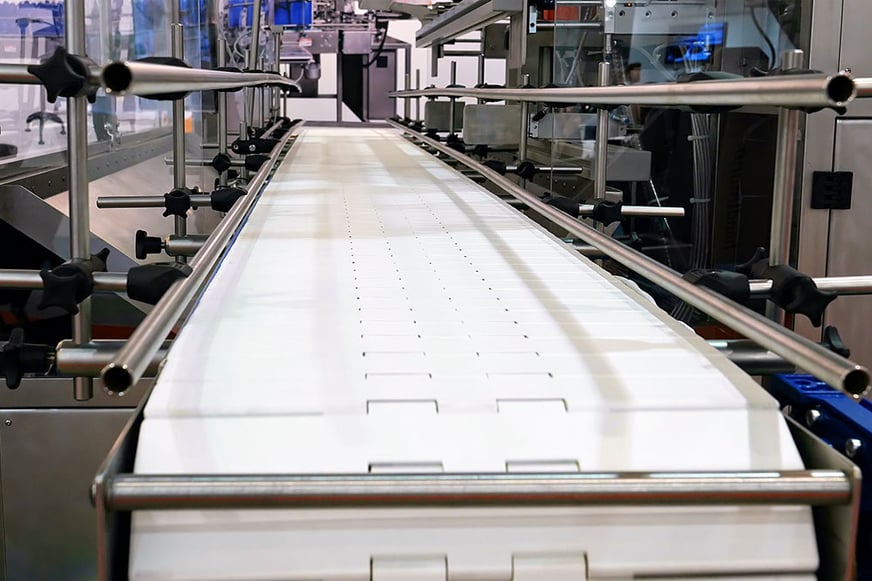
No food manufacturing facility design is complete without the right equipment. Investing in the best equipment will help your facility to function at its best while minimizing the chances of equipment failure. The right equipment will feature a stainless-steel construction that is more resistant to bacteria and should be easy to clean and maintain. Ideally, you also want to get equipment with Clean-in-Place compatibility whenever possible.
5. USE PPE GEAR
Personal Protective Equipment (PPE) has always been necessary for food facilities, but now it is more important than ever. Employees should wear everything from hair nets to shoe coverings in the production area. Changing PPE after using the restroom is also ideal for preventing bacteria from getting into the production area.
6. PLAN YOUR LAYOUT WELL
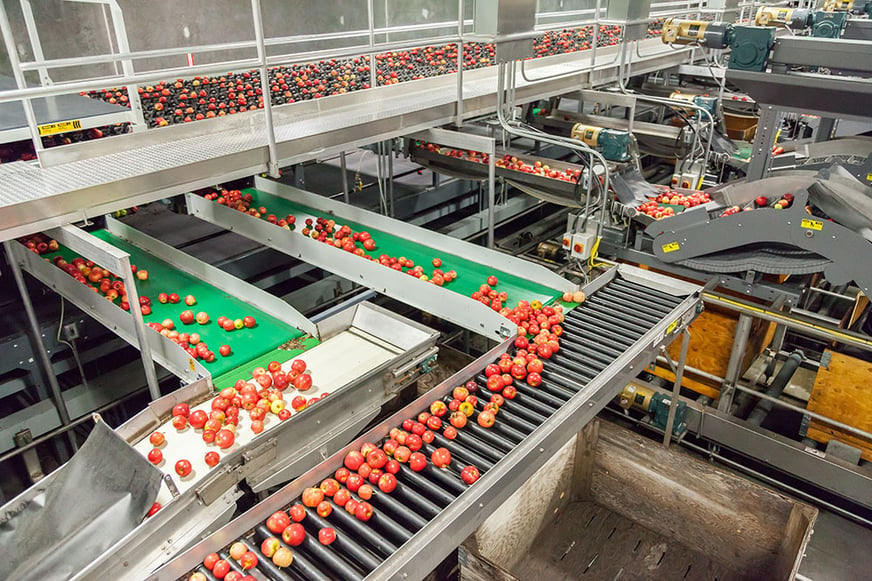
The layout of a food facility design is critical. A facility should flow smoothly in a single, streamlined direction, from the beginning of the process to the end. This sort of layout for a food production facility design will allow workers to be more efficient and help to avoid accidents and potential contamination. COVID-19 should also play a role in layout consideration; ideally, you want to minimize employees' contact as they move throughout the facility to avoid risks. Having multiple entrances and sanitation areas can help minimize close contact to protect against the spread of infection.
7. CREATE CLEANING STATIONS THROUGHOUT THE FACILITY
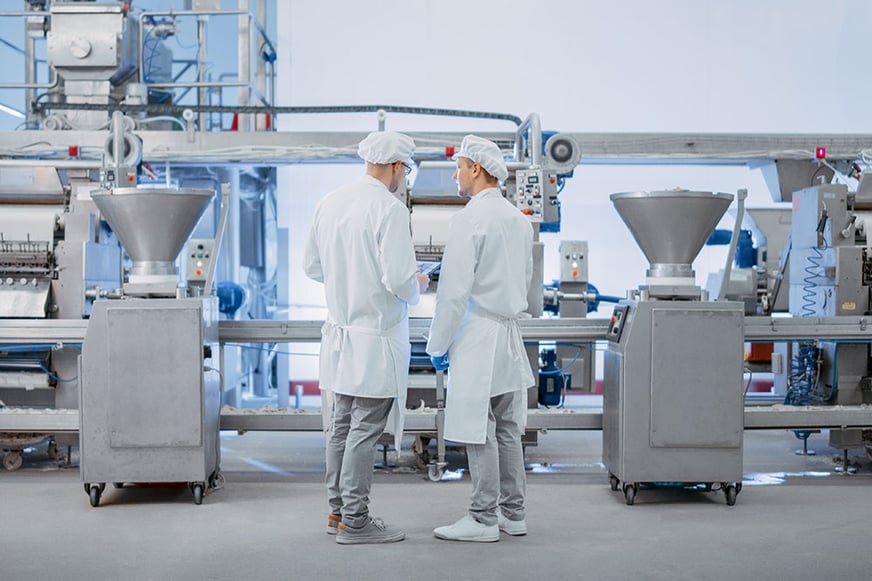
No facility is without its accidents, so it is essential to include cleaning stations in your food production facility design. Place these stations strategically throughout the facility, where workers can quickly get to them to clean up a mess. They should include cleaning tools like mops, brooms, water hoses, and any cleaners. You should also include fire extinguishers and phones in case something more serious happens.
Safety stations will allow workers to take action more quickly and prevent problems from getting bigger. You may also consider having small manuals or signs in place that will also help employees know how to handle various situations.
8. INSTALL A FLOOR DRAIN SYSTEM

Proper floor drainage is another essential part of food processing facility design. Floor drainage systems help manage wastewater to prevent the growth and spread of bacteria. FoodSafe Drains provides options like the Slot Drain and Trench Drain, which provide efficient and effective drainage that meets both FDA and USDA requirements. Both systems feature stainless-steel construction and are compatible with CIP technology, making them easy to clean and sanitize.
CREATING THE PERFECT FACILITY DESIGN
Creating the perfect food manufacturing facility design is critical for success in the industry. To ensure your facility is protected against harmful bacteria and COVID-19, you must ensure it has specific design essentials. The list above includes some essential aspects of a well-designed, safe, sanitary food facility. Keep them in mind as you design or redesign your facility so you can have the best design possible.
For drainage questions, talk to the experts at FoodSafe Drains today, who can tell you more about the different systems and help you choose the right one for your facility.
